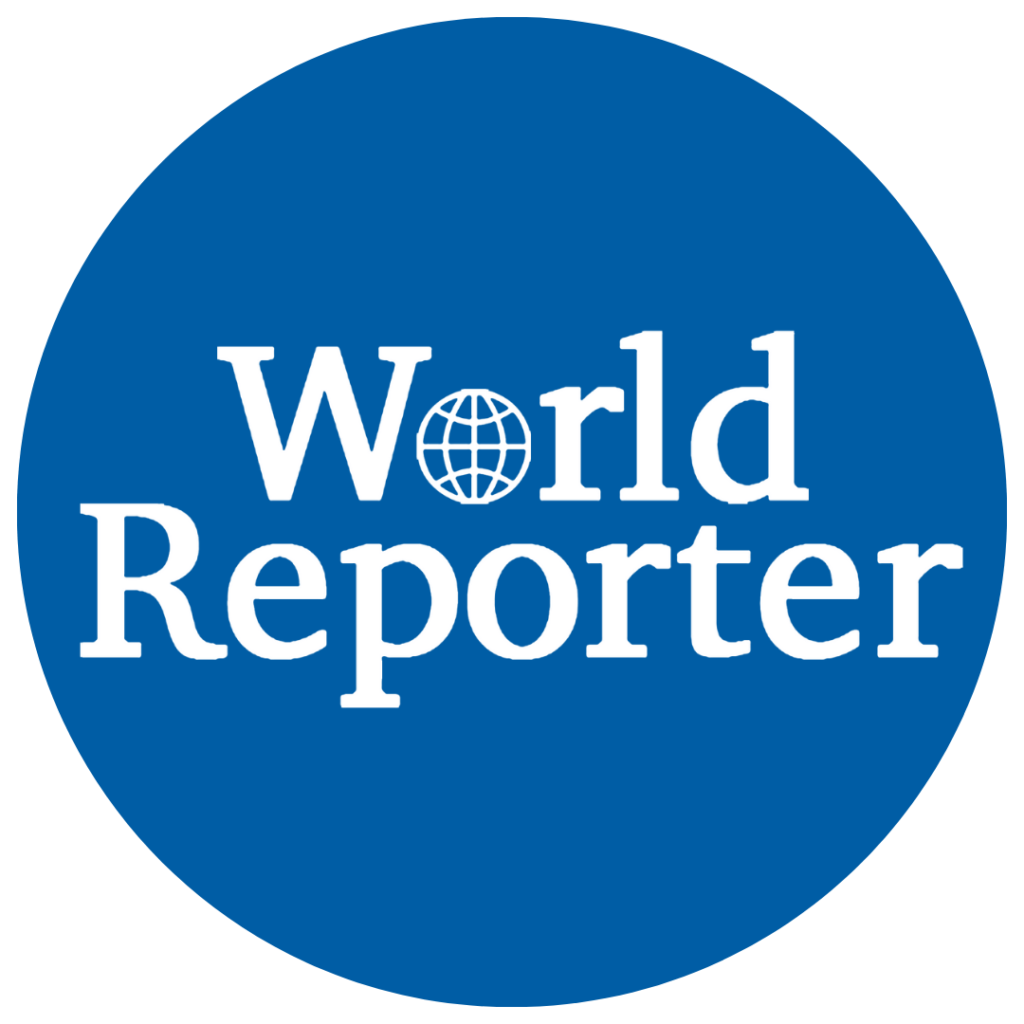What Is the Interplay of Trade Protectionism and Foreign Exchange Dynamics?
The relationship between trade protectionism and foreign exchange dynamics is a complex and significant area in global economics. Trade protectionism refers to policies that governments use to restrict imports to protect domestic industries. These policies can include tariffs, quotas, and other regulatory measures aimed at limiting foreign competition. On the other hand, foreign exchange dynamics involve the fluctuations in currency values driven by trade flows, capital movements, and market perceptions.
Understanding how protectionist trade policies influence currency values—and vice versa—is essential for governments, businesses, and investors navigating today’s interconnected markets. These interactions affect trade balances, inflation, investment decisions, and economic growth.
Read Also: How the International Economy Affects the US
How Does Trade Protectionism Influence Foreign Exchange Rates?
Trade protectionism can have a direct and indirect impact on exchange rates. When a country imposes tariffs or quotas on imports, the cost of foreign goods rises. This often reduces import volumes, improving the country’s trade balance temporarily. A better trade balance might increase demand for the domestic currency, potentially leading to currency appreciation.
However, the situation is often more nuanced. Protectionist measures can provoke retaliatory actions from trading partners, sparking trade wars that disrupt global supply chains. These conflicts may lead to reduced export demand, lowering foreign currency inflows and putting downward pressure on the domestic currency.
Economic theory suggests that protectionism can cause currency volatility. Market participants react not only to actual policy changes but also to expectations about future trade relations. For example, uncertainty generated by protectionist rhetoric can lead to capital flight or speculative currency moves, increasing exchange rate fluctuations.
How Do Foreign Exchange Rates Affect Trade Protectionist Policies?
Currency values influence the effectiveness and consequences of trade protectionism. When a country’s currency appreciates, its exports become more expensive for foreign buyers, potentially reducing export volumes. This can motivate policymakers to adopt protectionist measures to shield domestic producers from foreign competition, even when currency strength is the underlying issue.
Conversely, a depreciated currency makes exports cheaper and imports more expensive. This natural adjustment can reduce the perceived need for tariffs or quotas. However, some governments may still pursue protectionist policies to protect sensitive industries or address non-economic concerns such as national security.
Foreign exchange markets respond rapidly to trade policy announcements. The perceived impact on trade balances and economic growth influences currency traders, often amplifying the effects of policy changes. This feedback loop between trade policies and exchange rates can create cycles of adjustment and counteraction, complicating economic management.
What Are the Economic Implications of the Interaction Between Protectionism and Exchange Rates?
The interplay between trade protectionism and foreign exchange dynamics has wide-reaching economic effects. Protectionist policies can initially support domestic industries by reducing foreign competition. However, they often lead to higher prices for consumers and inefficiencies in resource allocation.
Exchange rate movements resulting from these policies can further influence inflation rates. For instance, tariffs raise the cost of imported goods, which may be passed to consumers. If the domestic currency weakens simultaneously, imported goods become even more expensive, intensifying inflationary pressures.
For exporters, currency appreciation triggered by protectionism or market reactions can hurt competitiveness abroad. This scenario may force industries to seek government support or push for additional protective measures, creating a cycle of intervention.
Moreover, prolonged protectionism combined with volatile exchange rates can deter foreign investment, disrupt global trade, and slow economic growth. Countries heavily reliant on exports and imports face particular risks, as their economies are sensitive to both trade barriers and currency fluctuations.
How Do Governments and Central Banks Respond to the Trade Protectionism and Currency Interaction?
Policymakers often find themselves balancing trade and currency objectives. When protectionist measures are introduced, central banks may adjust monetary policies to stabilize the currency and control inflation. For example, if tariffs cause the domestic currency to strengthen excessively, central banks might intervene by lowering interest rates or directly participating in currency markets.
Some countries actively manage their exchange rates to support export competitiveness, especially when facing trade tensions. These interventions can include foreign exchange reserves management or capital controls, which add another layer of complexity to the interplay with protectionism.
Diplomatic and economic negotiations also play a role. Trade agreements can mitigate the need for protectionist policies and reduce exchange rate volatility by providing clearer rules and commitments among countries.
Read Also: What US Rate Cuts Could Mean on a Global Scale
What Are the Global Consequences of Trade Protectionism and Foreign Exchange Dynamics?
The combination of rising protectionism and currency fluctuations has reshaped the global economic landscape in recent years. Trade tensions among major economies have led to periods of heightened volatility in currency markets, impacting investment decisions and business planning worldwide.
Global supply chains have become more fragmented as companies respond to uncertainty by diversifying suppliers and production locations. These shifts influence currency flows and trade patterns, creating feedback effects in foreign exchange markets.
Emerging economies, often dependent on commodity exports and foreign investment, are especially vulnerable to the effects of protectionism and currency swings. Sudden changes in trade policies or currency depreciation can trigger capital outflows and economic instability.
International institutions like the International Monetary Fund and World Trade Organization emphasize cooperation and rules-based trade to mitigate the risks posed by protectionism and currency volatility. Their efforts aim to promote economic stability and growth amid complex interdependencies.








